How to Patch a Large Hole in Drywall
Repairing damaged wallboard is easy to do with these basic tools and materials.
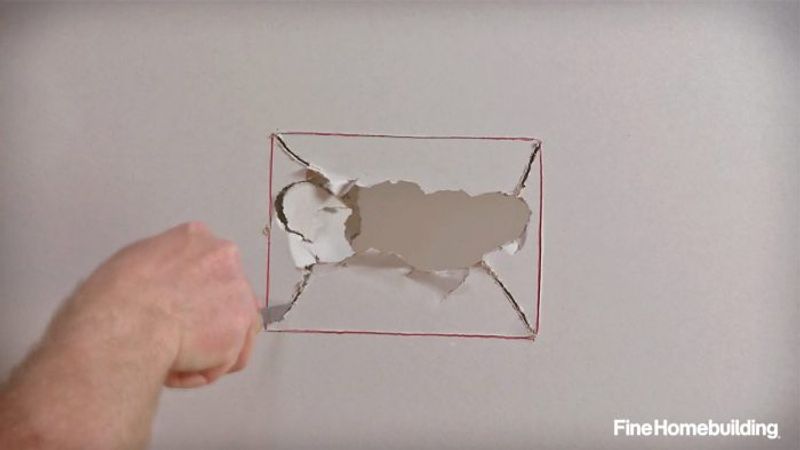
Drywall is a great building material, but it’s relatively easy to damage. Maybe you’re missing a doorstop on one of your rooms and one of your energetic kids has swung a doorknob into the wall, or perhaps you’ve made a nice gash with the corner of a table while moving some furniture around. Regardless of the cause of the damage, repairing a hole in drywall is an easy task.
Here’s what you will need:
- Rectangular piece of drywall slightly larger than the hole
- Scrap of plywood wider than the hole
- Pencil or marker
- Utility knife
- Drywall saw
- Drill/driver with a Phillips bit or drywall-screw bit
- Box of 1-1/2-in. or 1-5/8-in. drywall screws
- Mesh drywall tape
- Joint compound
- Drywall-taping knives
Here’s how to do it:
- Measure the width and height of the hole.
- Cut a rectangular patch about a half-inch larger than the hole in both dimensions.
- Center the patch over the hole and trace it’s shape onto the wall.
- Score the lines with a utility knife, then use a wallboard saw to cut from the hole to each corner of the scored rectangle.
- Snap the drywall back to the scored lines, and cut the paper backing with the utility knife.
- Cut a scrap of plywood the same height as the patch but several inches longer.
- Drive a screw in the center of the plywood to use as a handle.
- Insert the plywood into the hole, center it, and drive several drywall screws to secure it in place. Then remove the center screw.
- Insert the patch and secure with as few screws as necessary to hold it in place.
- To finish, apply mesh tape and joint compound to the seams.
- After the first coat of joint compound is dry, follow up with another coat of compound over the entire patch, feathering the edges to blend it into the surrounding wall. Repeat the process with additional coats if needed.
- Once the final coat is dry, sand it smooth and finish with primer and paint.
More ways to patch drywall:
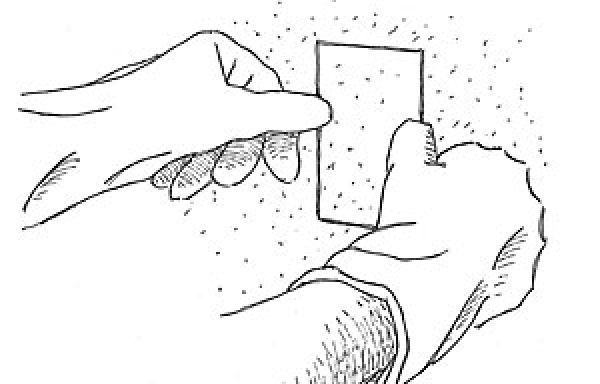 |
Invisible Drywall Patch
This tip uses polyurethane glue to make a seamless patch. |
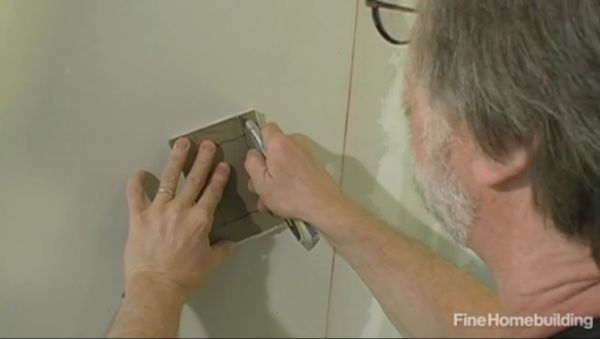 |
Small Drywall Patch
This video shows a simple method for repairing small holes. |
 |
Here’s that no-tape method shown again with step-by-step illustrations. |
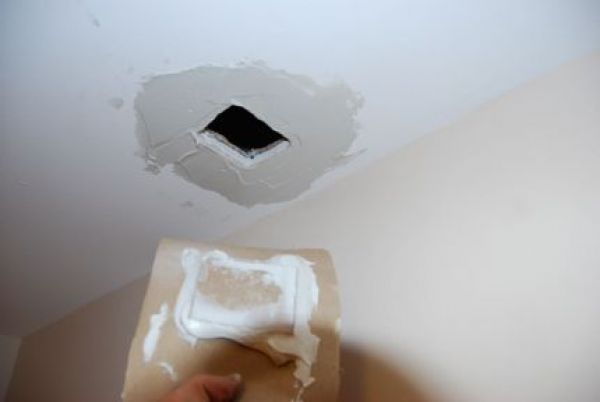 |
California Drywall Patch
This is a reader’s submission on the California patch method. |
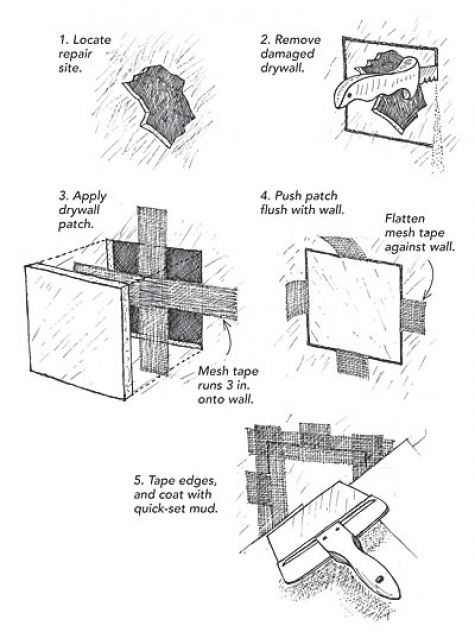 |
This tip uses tape behind the patch instead of wood blocking. |
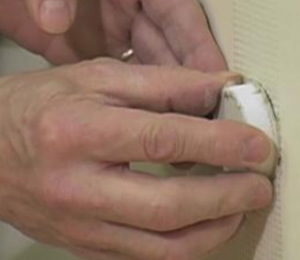 |
Nifty Drywall Patch
This video is a combo tip that shows you how to make access holes for wiring, and then easily close them back up. |
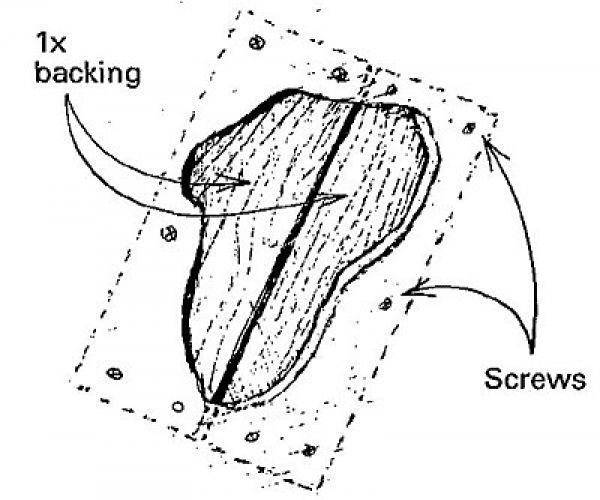 |
This tip uses housewrap, of all things, as part of the fix. |
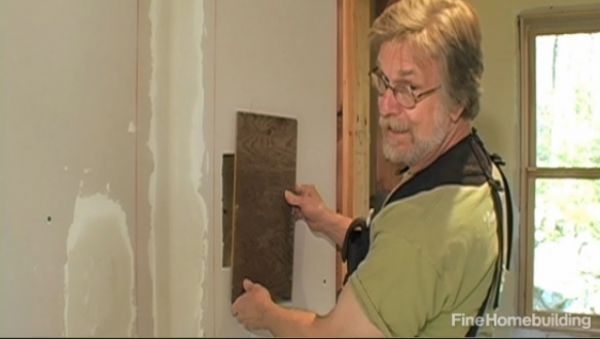 |
Large Drywall Patch
Here’s a video showing another way to fix a big hole in drywall. |





View Comments
Good Job!
nice work
This article is short on the details of mudding the joints created by the patch and advocates using mesh tape. I advise against mesh for a couple of reasons- it's very thick, so it requires feathering the mud farther out into the undamaged wall, and its woven texture makes it difficult to get the feathering smooth. I recommend FibaFuse, which can be difficult to find. The Big Orange Box lists it, but rarely has it in stock. It's twice as expensive as paper tape, but well worth it for repairs. If desired, it can be used in most drywall tools.
FibaFuse is a smooth, non-woven glass tape, thinner than even paper tape, so it's easier to feather; often 3-4" outside the joint is sufficient. It's also very permeable, so you don't get bubbles and if you get a dry spot, you can just mash some mud through the tape. Used with hot mud (which is common with repairs) it's supposed be stronger than paper tape. Try it! You'll like it!
(And no, I don't own stock in FibaFuse, although Myron did give me a free roll once.)
Too good!
Thanks for posting!